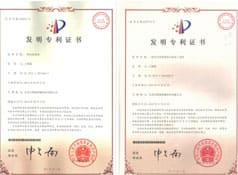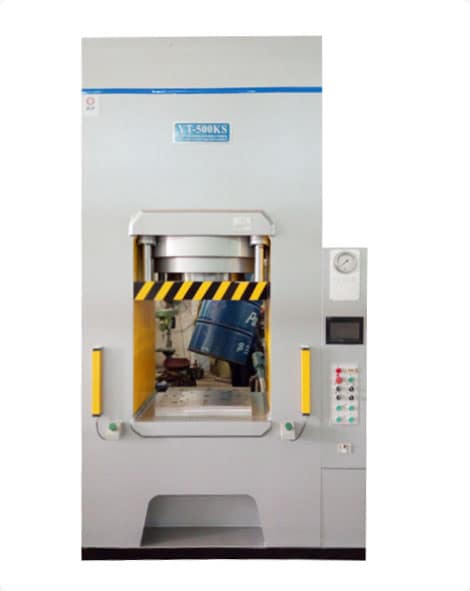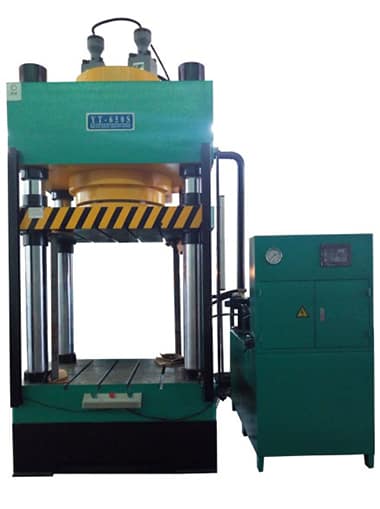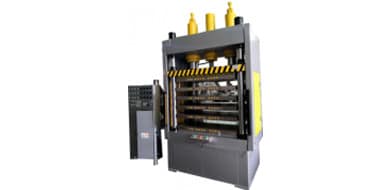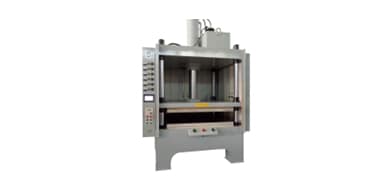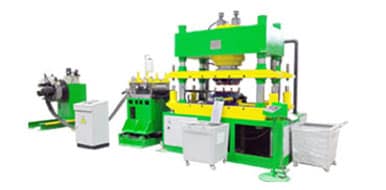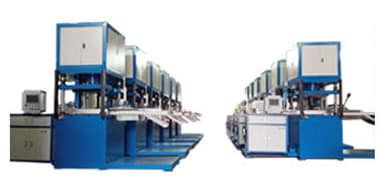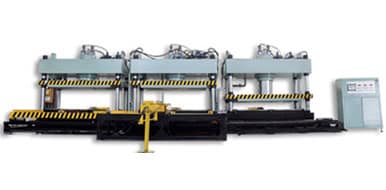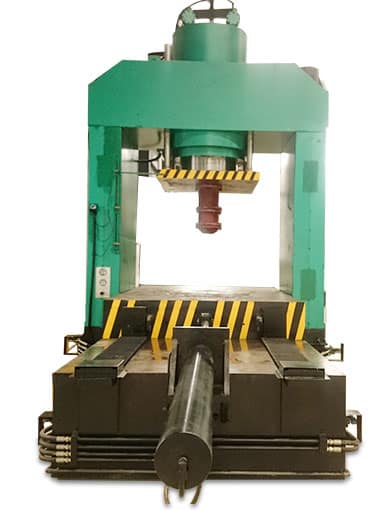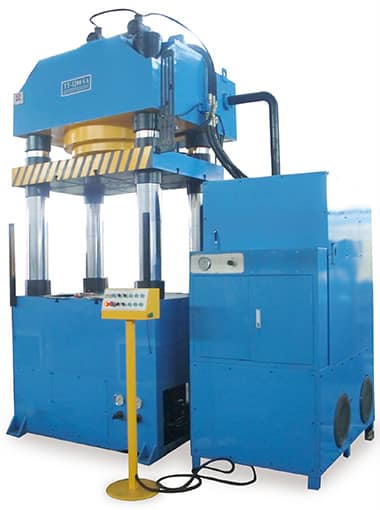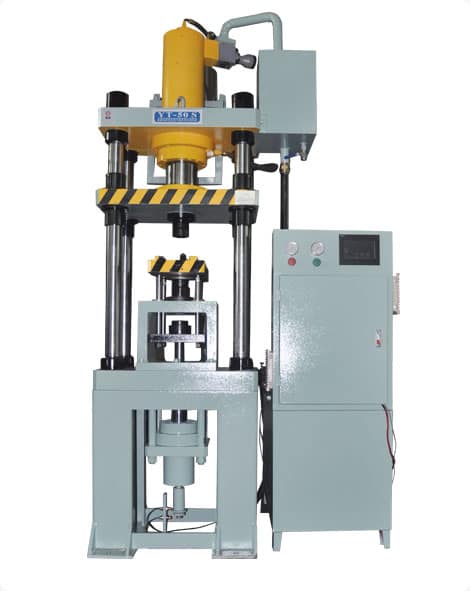How to Make Rosin With Hydraulic Press
time:2023-07-27 views:(点击 673 次)if you want to make your own rosin at home, a hydraulic press may be your ideal solution. These machines generate massive pressure through a hydraulic cylinder.
Select a quality rosin press with rectangular plates to minimize how far rosin needs to travel and thus limit degradation over time.
Consider purchasing a frame rated higher than the pump to allow for upgrades and an accurate temperature control box for heating plates.
1. Get the Right Equipment
Rosin is a solvent-less concentrate that can be produced at home with relatively simple equipment, with hydraulic presses being an increasingly popular way of producing it. Although their creation remains relatively new to the concentrate industry, their popularity is quickly growing and has significantly raised standards of product quality. To produce premium rosin products using such equipment requires proper use and maintenance - many producers choose to build their own DIY presses instead of purchasing pre-assembled machines from retailers for this very reason - doing it yourself provides several advantages including cost savings, the freedom to upgrade parts when necessary, and an enormous sense of accomplishment that comes from creating your very own machine!
Rosin pressing can be performed using either a hydraulic or pneumatic shop press, with many plate sets to select from. When choosing your plate set for use with your shop press, ensure it is compatible with it by choosing plates made of food grade aluminum which allow even heat distribution and feature food-grade coatings for increased safety. Furthermore, investing in digital temperature controller will help ensure accurate temperatures across your plates at all times.
Your press will require either a hydraulic or pneumatic pump, with enough pressure generated by it to deform material and squeeze out rosin. When selecting a hydraulic pump, make sure it exceeds your anticipated output; this allows you to upgrade if necessary and prevents overheating. Also look out for pumps with longer handles; these will give more leverage when turning the crank handle.
As soon as you have assembled all the required components for your rosin press, assembly can begin. Attaching the hydraulic or pneumatic pump and an H-frame press frame (which are available online from retailers such as Harbor Freight). Make sure the frame can withstand pressure that you will be applying and has holes suitable for mounting plate sets.
2. Set the Temperature
Temperature is the primary variable to consider when pressing rosin. The speed and consistency at which terpenes liquefy depends heavily upon the heat applied, how long it remains on, and its distribution. As such, it's crucial that you experiment with various settings and temperatures of your press in order to achieve maximum results.
Quality of source material plays an integral part in determining the outcome of an extraction. High-grade flower and sift require less heat to achieve full extraction while lower quality flower and dry sift may benefit from hotter presses (around 250F). Strain type is ultimately the deciding factor as different strains have distinct flavor profiles and yield potential that can only be fully realized using proper rosin-making technique.
Outside of a press itself, additional pieces of equipment may also be necessary in order to get started:
Press Frame: Your press needs a frame that can withstand the amount of pressure you will apply, such as found at hardware stores or sold as DIY Rosin Kits through websites like Harbor Freight. Many such kits include both frame and hydraulic pump; however, for optimal safety and durability make sure that its capacity exceeds what you intend to use it for. Also take note of any heating elements on the plate as well as quality of controller.
Heat Distribution: When beginning an extraction, preheating the plates to ensure they reach an appropriate temperature when applying pressure will make the squishing process much simpler and more effective, leading to improved results.
As an additional safeguard, having a digital temperature gun on hand is also highly recommended, which will enable you to easily see at a glance what the exact plate temperature is for maximum accuracy. Temperature isn't the only factor involved when extracting material; relative humidity also plays an important role and material with 50-62% moisture content is ideal.
3. Press the Nugs
At the core of any rosin press is its hydraulic pump, whether that be manual (budget-friendly option), automated by air pressure or pneumatic. A high-quality jack should feature an operating range rating and digital timer so you can monitor pressing progress easily.
When selecting a rosin press, ensure it comes equipped with independent heating elements installed on each plate which can be customized according to your source material and extraction preferences. In addition, make sure that it includes digital temperature controls so you can maintain set temperatures throughout each extraction - presses that don't account for pressure heat can burn your material and result in low-quality rosin.
Once your rosin press is complete, it's time to put it through its paces! First, test its stability using a heavy object before adding material from your source material between two plates and cranking the hydraulic jack until rosin begins releasing from edges of plate.
Achieve consistent pressure without overdoing it is key when using pressure to form material into molds. Once you understand how the process works, start small pieces at first to gain confidence and precision before expanding to larger batches.
If you're feeling adventurous, experiment with various settings to determine which produce the best results. Adjusting plate alignment or adding a heated towel as part of a grip-enhancing strategy could make a substantial difference as well.
Rosin is an effective solventless extract with many uses, from medical applications to cosmetic applications. Due to its potency, clarity, and ease of use it has quickly become a favorite among cannabis users and producers alike. Utilizing a hydraulic press for extracting rosin can take your production one step further and take your production to new heights.
4. Filter the Rosin
Rosin is a solvent-less concentrate that can be made at home using basic equipment, and many producers choose to build their own hydraulic rosin press rather than purchasing pre-assembled machines from retailers. This DIY approach offers cost savings while producing impressive results from cultivating your own cannabis plants.
Rosin presses are typically powered by hydraulic pressure generated in a ram cylinder at the top of the machine and controlled with a hand pump for fine-tuning of force applied. There are various types of rosin presses on the market, ranging from manual handheld presses, pneumatic or electric presses (which often combine these elements). Professional rosin presses typically feature AC motors for powering them and can support capacities up to 20 tons. When purchasing or building a hydraulic rosin press, look for one with the best combination of quality/machine life/maintenance costs, price and plates designed for pressing material at hand. Furthermore, consider how much material will need to be pressed in advance so you can select appropriate plate sizes accordingly.
When building your own DIY rosin press, select high-quality rosin plates manufactured specifically for this task. They should be constructed of aluminum with anodization available as an added durability option. Furthermore, an independent heating controller should be attached to each rosin plate in order to regulate temperatures reliably; many manufacturers offer combo kits which include both.
Once your rosin plate and heater have been established, it's time to add the rosin bag. Folded in half, it should be placed between both sides of the plate between its edges until just touching both the top and bottom of the bag. Lowering your plate allows airflow between its edges while pressing it onto its center should help it flow efficiently through its center hole.
Rosin will gradually begin seeping out of its bag and onto non-stick parchment paper, taking 5-10 minutes depending on strain. It's essential that all recovered rosin be fully utilized before it begins degrading or losing quality.
Link to this article: https://www.ihydraulicpress.com/nsn/4011.html
Hot Articles
-
How to Make a Hydraulic Heat Press Machine
Building a hydraulic press requires several key components in order to function. These include a frame and hydraulic ram as well as pumps and an acc……
-
Can You Make a Diamond With a Hydraulic Press?
Hydraulic presses are machines that utilise fluid pressure to generate force, used primarily to crush objects or shape them into different forms. Di……
-
How to Make a Hydraulic Press
Hydraulic presses are highly versatile tools used to form various workpieces. Controlling both their force output and energy use is paramount. Hom……
-
How to Make a Coin Using a Hydraulic Press
Hydraulic presses are versatile machines used to produce gold and silver coins quickly. Their powerful machines produce high-quality coins with litt……
-
How to Make an Electric Hydraulic Press
Hydraulic presses are devices that use hydraulic fluid to produce and transfer force. They can be used in stamping, blanking and shearing processe……
-
How Much Does a Hydraulic Press Cost?
Hydraulic presses are ideal tools for any project that involves bending metal, shaping rubber or plastic, or stamping designs on wood surfaces. No……
-
Hydraulic Presses Used to Make Ceramics
Hydraulic presses can be used to shape clay into ceramic products more economically and quickly than traditional kiln-based methods, and with less……
-
How to Make a Hydraulic Forging Press Dies
Hydraulic forging presses are machines that use fluid pressure to generate force, typically used for impression die and large open die forging appli……
Latest News
-
How to Make Rosin With a Hydraulic Press
Rosin is one of the easiest and most flexible cannabis extracts to use. It can be enjoyed either via smoking or vaping with a dab rig, and also fo……
-
How Much Does the Hydraulic Press You Tube Channel Make?
The Hydraulic Press Channel is a YouTube sensation featuring Vuohensilta, a Finnish factory owner crushing everyday items with his hydraulic press. ……
-
How to Make a Hydraulic Press at Home
Hydraulic presses are versatile tools used for multiple purposes, including crushing objects. Operating one at home is straightforward with the ri……
-
How Much Force Can a Hydraulic Press Produce?
Hydraulic presses are machines that use pumps to generate enormous force, which is then used to crush objects – from car parts and even entire……
-
How to Make an Air Over Hydraulic Press
An air over hydraulic press (or hydro pneumatic press) is an energy efficient alternative to full hydraulic presses. They require less maintenance, ……
-
How to Make a Small Electric Hydraulic Press
Hydraulic presses can be invaluable tools, but they can also be costly and take up significant space in a workshop. This article will show you how……
-
How to Make Dabs With a Hydraulic Press
A hydraulic press uses Pascal’s law to produce massive forces from smaller slave cylinders connected to larger master cylinders, producing eno……
-
Hydraulic Press YouTube Channel
Those who enjoy watching everyday objects get destroyed should check out the Hydraulic Press channel. Each video features an unnamed narrator subjec……


